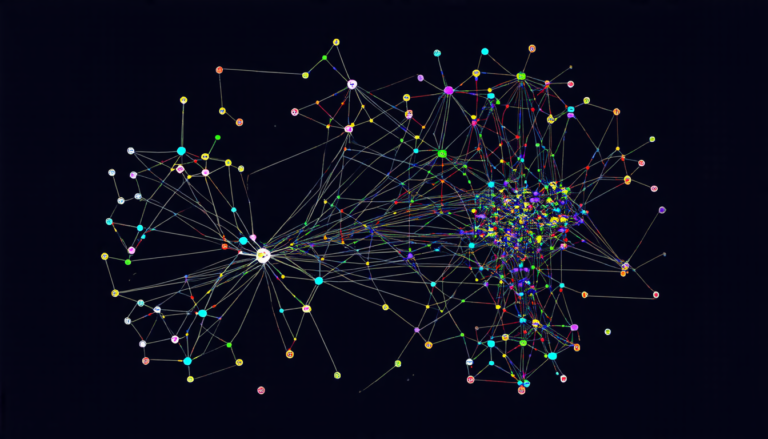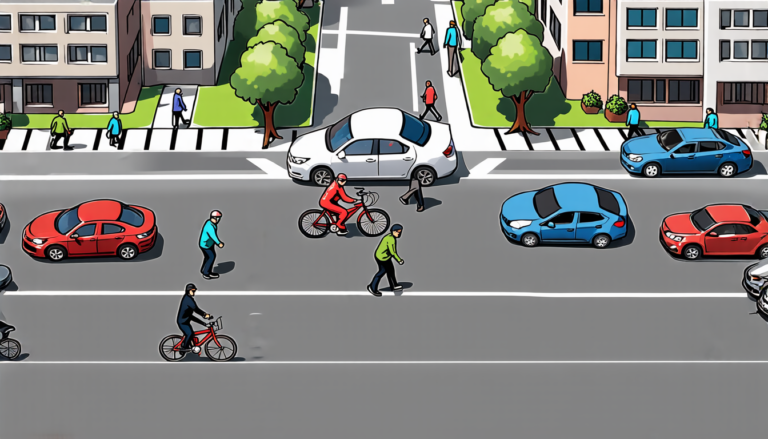Sunday 13 July 2025
A team of researchers has made significant progress in developing a system that can convert any 2D video or image into a 3D hologram in real-time, without the need for special glasses or headsets.
The system, called altiro3D, uses artificial intelligence to generate multiple views of an image from a single 2D frame. This is achieved by training a neural network on a dataset of images and then using it to predict the depth map of a new image.
The team has demonstrated the capabilities of altiro3D by using it to convert a video of a person walking into a 3D hologram. The result was a realistic and immersive 3D image that could be viewed from any angle.
One of the key advantages of altiro3D is its ability to work on any standard PC running Linux, without the need for specialized hardware such as graphics cards or dedicated processing units. This makes it accessible to a wide range of users, from hobbyists to professionals.
The system has also been designed with ease of use in mind. A simple graphical user interface allows users to select the region of the screen that they want to convert into 3D, and then start the conversion process.
In addition to its capabilities as a 3D converter, altiro3D also includes a range of tools for editing and manipulating 3D images. These include functions for adjusting the depth map, changing the color and texture of objects, and adding special effects such as lighting and shadows.
The researchers believe that altiro3D has a wide range of potential applications, from entertainment to education to healthcare. For example, it could be used to create immersive 3D experiences for video games or movies, or to help students learn complex concepts in a more engaging way.
In terms of its technical specifications, altiro3D uses a combination of software and hardware components to achieve its goals. The system is based on the OpenCV computer vision library, which provides a range of tools for image and video processing. It also makes use of the MiDaS neural network, which has been trained on a large dataset of images to predict depth maps.
The researchers have tested altiro3D using a variety of different videos and images, including those with complex backgrounds and objects. The results were consistently impressive, with high-quality 3D holograms being generated in real-time.
Cite this article: “Real-Time 2D-to-3D Hologram Conversion System Developed Using AI”, The Science Archive, 2025.
Hologram, 2D, 3D, Artificial Intelligence, Neural Network, Real-Time, Linux, Pc, Graphics Card, Computer Vision Library
Reference: Livio Tenze, Enrique Canessa, “A Real-time 3D Desktop Display” (2025).







